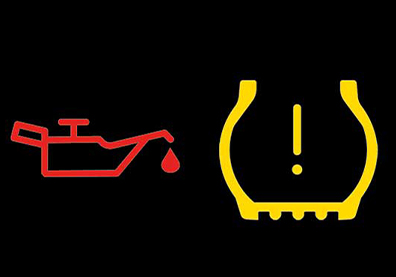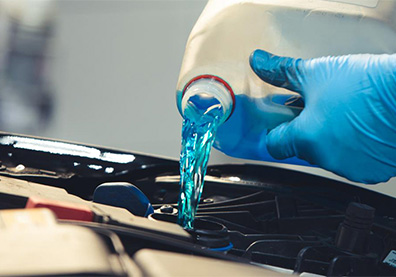We use cookies to make your experience better. To comply with the new e-Privacy directive, we need to ask for your consent to set the cookies. Learn more.
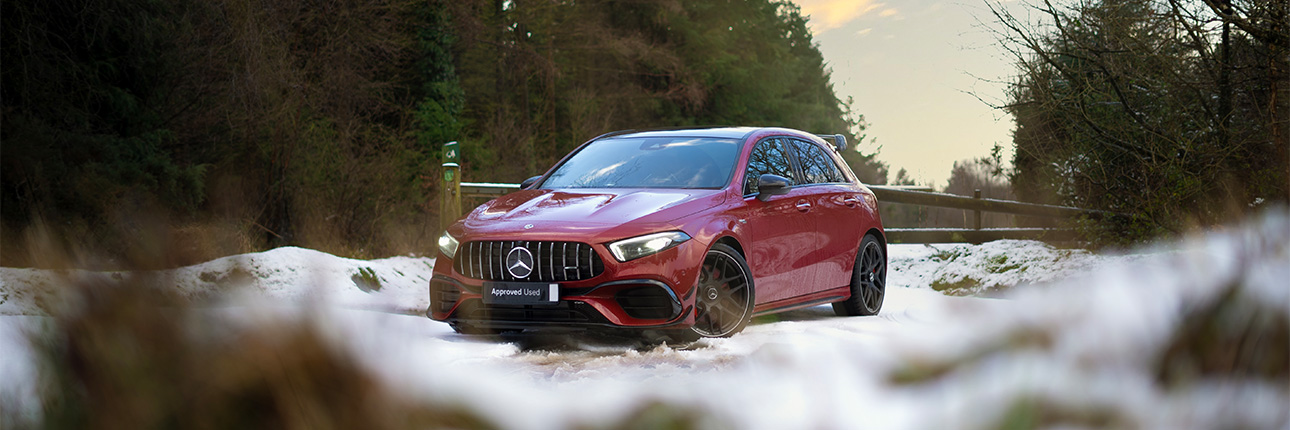
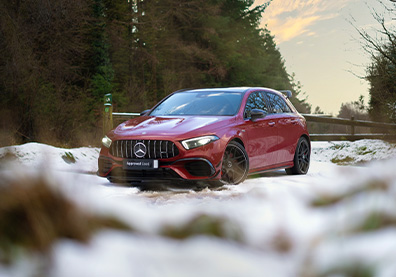
Preparing for a Safe Winter Journey
Driving in the winter months can be more challenging so it’s vital that your car is in proper working order. Research from the AA suggests breakdowns are 20% more common in the winter months. To help with your winter journeys we have spoken to our service team to find out what they suggest to check before you head off.
Check your liquid levels
Oil
Always check the oil levels in your engine. The oil is a vital component of the engine, it can be seen as the lifeblood that keeps the car going. Without it the engine could seize up and breakdown, leading to engine damage or worse.
Coolant
The next liquid level to check is the coolant. Coolant is a water-based liquid that absorbs the heat from the engine, it also lowers the freezing point of water in the engines cooling system, which helps prevent the water from freezing when the mercury drops. Without coolant the engine could overheat or freezeover. Coolant can also be known as antifreeze.
Screenwash
The next fluid level to check is your screenwash. It’s always advisable to keep this one topped up but during the winter months it’s even more important as dirt and grime from the roads mixed with salt can block your view quickly. While checking your screenwash also check your wipers.
In the cold snap wipers can get frozen to the windscreen, so before turning them on and damaging the screen, lift them away. Also check for splits and cracks as this can impair your vision as they won’t be cleaning the screen fully.
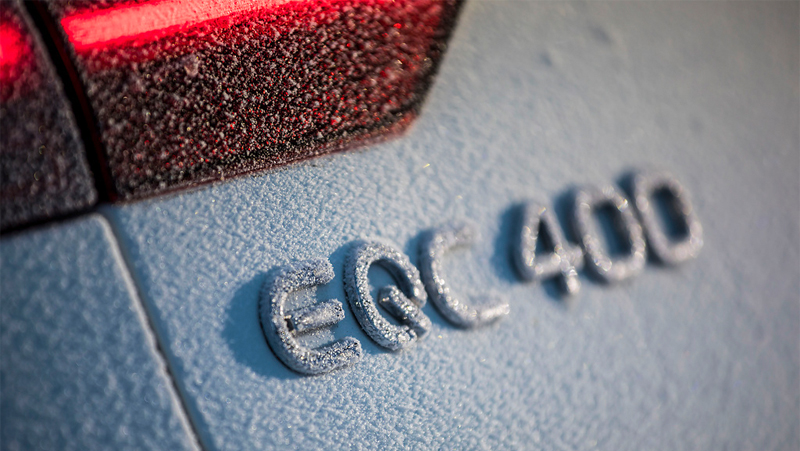
Top up on fuel or charge
Although breaking down in any weather condition isn’t fun, breaking down in the cold, snowy weather can leave you stranded. So one big thing we can recommend is making sure you have enough fuel. We can never predict when there may be a delay, so putting off topping up in winter really should be avoided.
Check your tyres
Before any journey we all should be checking our tyres, but even more so in the winter months. Having the correct tread depth and pressure can help with traction on the road; without them you could be slipping and sliding all over the place.
Here at Mercedes-Benz the minimum tread depth level we advise is 3mm even though the legal limit is 1.6mm. The reason we recommend this is after the 3mm point the stopping distance of a tyre deteriorates rapidly.
Clean your lights
At the start of your winter journey you need to make sure you are visible on the road as well as you being able to see where you are going. Clear all the lights of from dirt and grime and make sure all your bulbs are working.
Test your brakes
One of the last checks is the brakes to make sure they aren’t spongy. With the grip on the road at its lowest in the winter, spongy brakes could make all the difference in an emergency situation.
Plan your journey
While these preparations make the car safer for the drive ahead, we also advise you allow extra time for your journey as delays are always possible. Check your route on your map app to receive traffic updates and find alternate routes just in case! Also allow time for de-misting and de-icing your windscreen: setting off with a blocked view is not just dangerous but also against the law and with the low sunshine always keep a pair of sunglasses in the car.
Pack the essentials
In the case of a breakdown or standstills we suggest you keep the following items in your boot:
- De-icer
- Torch and batteries
- Warm clothing and blankets
- Hi-visibility jacket
- First aid kit
- Jumper cables
- Empty fuel can
- Snacks and drinks
- Warning signs
- In car phone charger

